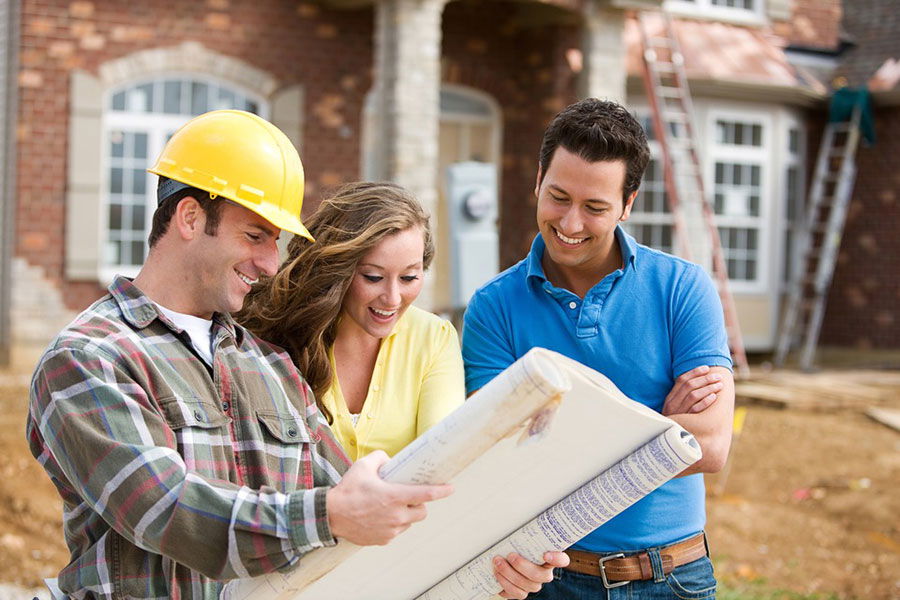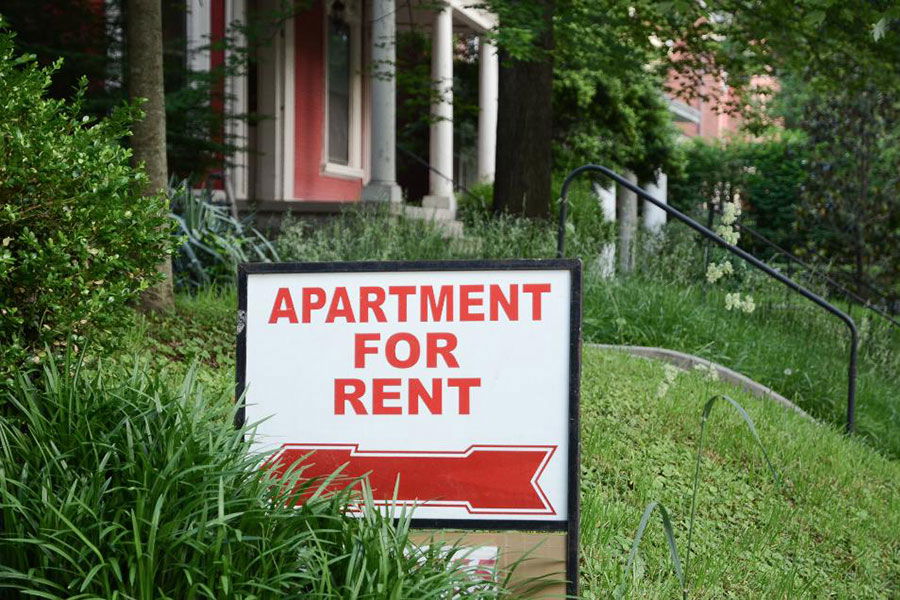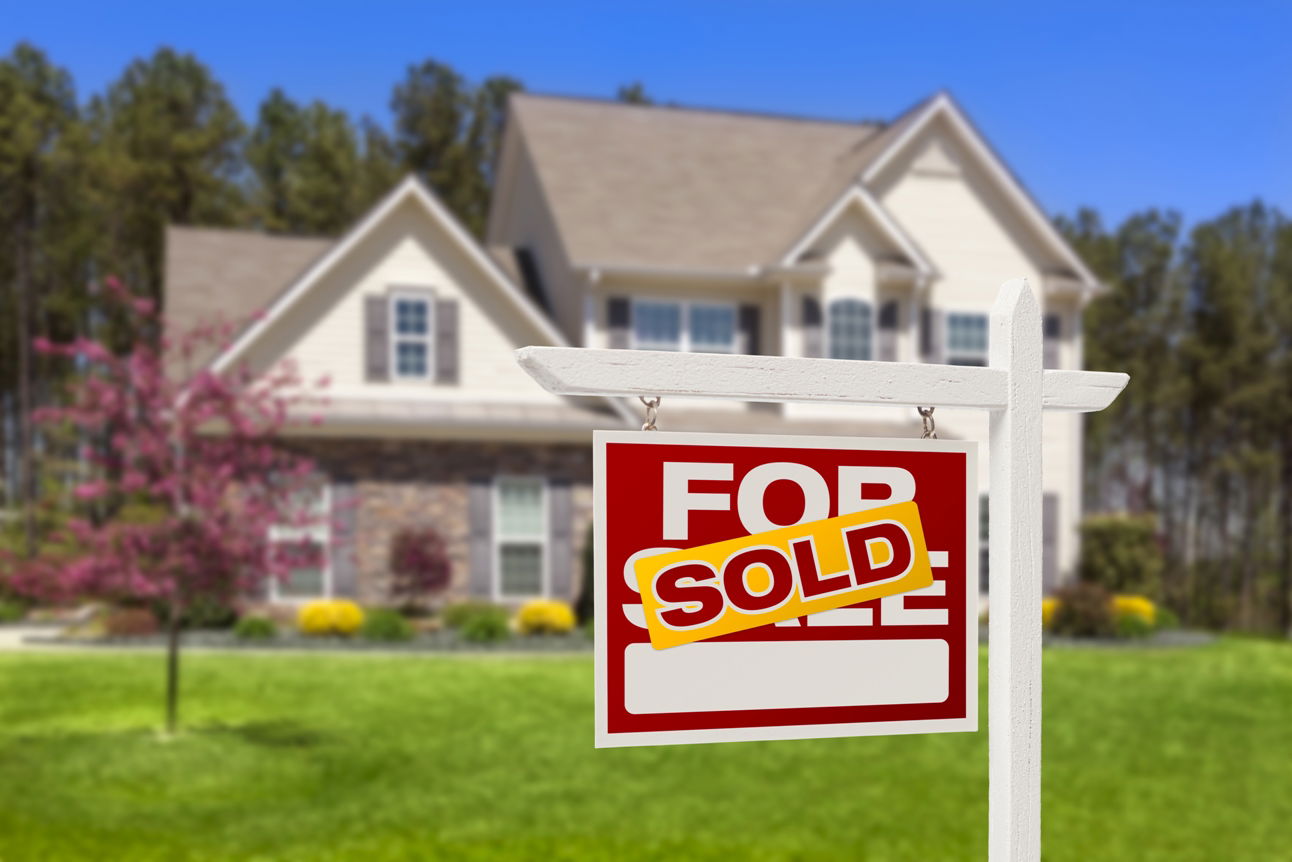Building a home versus buying one is a big choice, each with unique advantages. Building lets you design a home tailored to your style and needs, while buying means you can move in right away. But how does the cost compare?

In the Northeast, for instance, construction costs range from $175 to $225 per square foot, compared to $200 to $300 for buying. In the South, building averages $100 to $150 per square foot, while buying falls between $125 and $175. Depending on the region, building may be more affordable in less populated areas, while buying often makes more sense in pricier markets.
This article will cover average building costs, main cost components, and budget-friendly tips to help you determine if building your dream home is within reach.
Factors That Impact Home-Building Costs
When planning to build a home, there are several factors that influence the total construction cost. From the size of your home to the materials you choose, each decision shapes the final price tag. Let’s break down the main cost drivers.
Location and Land Costs
Where you build matters. Prices for land and construction vary widely depending on the region, local regulations, and land demand. Urban areas, for example, generally have higher land and permit costs than rural areas. Labor costs also differ by location—certain regions have higher rates due to demand or shortages, which can add to your overall expenses.
Size and Layout of the Home
The size and complexity of your home’s layout play a big role in cost. A larger home with multiple stories or unique architectural features will require more materials and labor, which increases costs. On the other hand, a compact, simple floor plan can keep expenses down without sacrificing function.
Choice of Materials and Finishes
Material selection can make a big difference in your budget. Standard materials like vinyl siding and laminate countertops are more budget-friendly, while custom options like stone exteriors and granite countertops drive up costs. It’s also worth considering that prices for materials can fluctuate due to supply chain issues, so timing can sometimes impact what you pay.
Customization and Special Features
Adding custom elements or high-end finishes—like custom cabinetry, energy-efficient windows, or unique flooring—adds to both the cost and character of your home. Special features such as a large deck, an extra garage, or a full basement will require additional funds. If your goal is to keep costs down, sticking with standard layouts and finishes can help you stay within budget.
Economic Factors
Economic conditions can impact the cost of building, particularly in terms of labor and materials. Factors like inflation, market demand, and shortages in building supplies can drive prices up, while a dip in demand may lower them. Keeping an eye on market trends and consulting with local builders can give you an idea of whether building now or waiting might be a more cost-effective choice.
Each of these factors will impact the total cost of building your home, and knowing them upfront helps you plan a budget that fits your goals.
Pros and Cons of Building vs. Buying
Choosing between building a home and buying an existing one isn’t just about cost. Each option has its own set of advantages and challenges that can affect your lifestyle, timeline, and long-term satisfaction. Here’s a look at the key pros and cons of each choice.
Pros of Building a Home
- Customization: Building a home lets you design every detail to fit your needs and style. From the floor plan to the finishes, you can create a space that’s uniquely yours.
- Modern features and energy efficiency: New homes can be built with the latest energy-efficient technology, appliances, and materials, which can help reduce utility bills and environmental impact.
- Low maintenance: With everything being brand new, you’ll likely have fewer repairs and maintenance needs in the first few years, saving both time and money.
Cons of Building a Home
- Longer timeline: Building a home from scratch takes time, often several months to a year. This can be a drawback if you need a place to live sooner rather than later.
- Unexpected costs: While you can estimate building costs, unexpected expenses often arise during the construction process. Weather delays, material shortages, or changes to your plans can add to the budget.
Pros of Buying an Existing Home
- Immediate move-in: Buying a home allows for a quicker move-in timeline. Once the sale closes, you can settle in without waiting for construction.
- Established neighborhoods: Existing homes are often located in mature neighborhoods with established schools, landscaping, and amenities, which can be appealing if you value a settled community.
- Potential for negotiation: When buying a home, you may have room to negotiate the price, especially if it has been on the market for a while or needs repairs.
Cons of Buying an Existing Home
- Limited customization: An existing home may not have all the features you want. Renovating can help, but it comes with additional costs and may still not fully align with your ideal layout or finishes.
- Higher maintenance costs: Older homes may require more frequent repairs and updates, particularly for key systems like plumbing, HVAC, and roofing. These costs can add up over time.
- Possibly less energy efficient: Older homes may lack modern energy-efficient features, which can result in higher utility bills compared to newer construction.
Building vs. Buying: Cost Comparison Across Regions
For many, the decision between building a home and buying one comes down to cost. While prices vary depending on location and other factors, here’s a snapshot of what you might expect to pay per square foot in different regions of the United States:
| Region | Average Cost to Build per Square Foot | Average Cost to Buy per Square Foot |
|---|---|---|
| Northeast | $175 – $225 | $200 – $300 |
| Midwest | $125 – $175 | $150 – $200 |
| South | $100 – $150 | $125 – $175 |
| West | $200 – $250 | $250 – $350 |
These figures highlight the regional cost differences, where factors like land value, demand, and labor availability play a major role. For example, construction costs in the South are typically lower than in the West, where both land and labor tend to be more expensive.
On the other hand, if you’re considering a major metropolitan area in the Northeast, buying could be more cost-effective, as building prices there can quickly add up due to high land values and stricter building codes.
If you’re weighing both options, consider your priorities, budget, and the potential for cost savings in your chosen region. Building offers more customization but often at a premium in high-cost areas, while buying may allow for quicker move-in with potentially fewer up-front costs.
Key Cost Components Overview
Building a home involves several major expenses that impact the total cost. Here’s a quick look at the main cost components:
Site Preparation and Excavation
Preparing the lot can vary widely based on terrain and location. Clearing and grading typically form the initial steps and set the stage for construction. The average price for a completed lot is $91,996, but prices can vary significantly depending on the market and whether the land is urban or rural.
Foundation
Pouring the foundation costs around $25,671 on average, with prices depending on the type—slab, crawl space, or full basement.
Size of Your Home
Larger homes naturally require more materials and labor, driving up the budget. Smaller homes tend to keep costs lower.
Labor Costs
Labor accounts for about 40% of the total construction budget. Costs vary by region and the complexity of the project.
Framing
Framing, which builds the structure of the home, is one of the costliest phases, averaging around $41,123 for a typical home.
Exterior Finishes
The exterior, including siding and roofing, impacts both cost and curb appeal. Material choices significantly affect overall expenses, with custom stone exteriors costing more than standard options like vinyl siding.
Interior Finishes
Choices in cabinetry, flooring, and countertops can range widely based on style and quality, contributing to interior costs. Upgrades like granite countertops or hardwood floors add substantial value but increase costs.
HVAC, Plumbing, and Electrical Systems
Installing essential systems like heating, plumbing, and electrical is necessary and forms a major budget component. This isn’t the area to cut corners if you want long-term functionality.
Building Permits and Fees
Building permits typically cost between $1,000 and $2,000, but fees can vary depending on your location and specific project requirements.
On average, building a 2,776 square foot home costs around $427,892, or about $154 per square foot, according to the National Association of Home Builders. However, actual costs will vary based on regional differences, materials, and design.
Average Cost of Building a House
As of 2023, the average cost of building a single-family home in the U.S. varied widely. The National Association of Home Builders reported an average construction cost of $392,241, or about $153 per square foot. For comparison, HomeAdvisor estimated a slightly lower average of $308,588 as of January 2023, highlighting how even national averages can differ based on sources and calculation methods.
To add further perspective, the U.S. Census Bureau reported that the average sales price of a new single-family home in May 2023 was $487,300, with a median sales price of $416,300. These figures include market factors that affect the price of newly constructed homes, such as real estate demand and inflation in building materials.
These averages serve as general guidelines but can vary based on several factors, such as region, home size, and design preferences. Homeowners can use these benchmarks to set realistic budgets but should be prepared for costs that may differ depending on local labor rates, material availability, and land value.
Regional Variations in Cost
Building costs also vary significantly depending on where you plan to build. Urban and coastal areas, for instance, typically have higher construction costs due to factors like expensive land values, strict building codes, and high demand for labor and materials. In major metropolitan areas, these elements can raise both the price per square foot and overall construction costs.
In contrast, building a home in rural or less populated areas is generally more affordable. Lower land values and a more flexible regulatory environment can keep costs down, although there may be fewer construction options or specialized contractors available in some rural locations.
When setting a budget, it helps to consult local builders and review regional cost data to get a sense of the specific expenses in your area. Comparing these insights to national averages can provide a clearer picture of what building a home may realistically cost based on your location.
5 Steps to Begin Building a House
If you feel like building a brand-new house could be the right choice for you, here are five steps you can take to get the home-building process started.
1. Come up with a budget
You may feel ready to start designing your dream home, but it’s best to come up with a budget first. A budget will help you determine what you can actually afford, and it will make it easier once you begin working with the builder.
2. Get the financing straightened out
Once you know what you can afford, it’s time to figure out your financing. Fortunately, financing a new home is fairly similar to taking out a mortgage on an existing home.
You’ll start by getting preapproved by a bank or lender. During the preapproval process, your lender will check your credit score and evaluate your assets and liabilities to determine what they’re willing to lend you.
3. Choose your lot
Once you know your budget and have worked out the financing, it’s time to choose your lot. You can either purchase a lot in an existing neighborhood, or you can build land in an area that you plan to build on.
If you purchase land to build on, you’ll want to talk to the builder about any additional costs that come with this. These costs include things like leveling the ground or cutting down trees.
4. Choose your floor plan and design
When you’re choosing your floor plan and design, you’ll consider things like how many bedrooms you want, and the overall layout of your home.
Most home builders will have predesigned house plans you can choose from. But if you’re looking for numerous customizations, it’s a good idea to work with an architect to create a housing design.
5. Stay involved in the process
Unless you’re a contractor, you’re likely outsourcing the building of your home to someone else. But it’s still a good idea to be involved in the construction process.
Ask your builder to keep you in the loop, and provide opportunities to see the home during various building stages. These walk-throughs will give you a chance to ask questions and point out any problems that you see arising.
7 Ways to Reduce the Cost of Building a House
Building a home doesn’t have to mean spending a fortune. Here are practical ways to keep costs manageable without sacrificing quality or style.
1. Choose Cost-Effective Materials
Opt for affordable yet durable materials, like fiber cement siding instead of wood or vinyl instead of stone, to save thousands without compromising on appearance. Locally sourced materials can also help you avoid high shipping fees.
2. Opt for Modular or Pre-Designed Floor Plans
Custom architecture can be costly. Choosing modular homes or pre-designed layouts allows you to avoid high design fees while still achieving a stylish, functional home.
3. Focus on Energy Efficiency
Building with energy-efficient designs and materials can lower utility bills over the long run. Consider options like energy-efficient windows, insulation, and appliances to reduce heating, cooling, and electricity costs. Solar panels may also be worth exploring, especially if local incentives are available.
4. Reuse and Recycle Materials
Incorporating salvaged materials, like reclaimed wood, vintage doors, or recycled fixtures, can add unique character to your home while saving on material costs. Architectural salvage yards and online marketplaces offer these items at a fraction of the price of new materials.
5. Limit Customization
Sticking to standard dimensions and avoiding custom features—such as non-standard window sizes or intricate woodwork—can help cut costs. Custom elements often mean higher material and labor costs, so keeping things simple can lead to substantial savings.
6. Hire a Cost-Conscious Contractor
Find contractors known for staying on budget and avoiding unnecessary expenses. A good contractor can offer valuable suggestions on where to cut costs without impacting quality, so ask for their recommendations on budget-friendly options.
7. DIY Smaller Projects
Handling some minor tasks yourself can also save money. If you’re comfortable, consider tackling projects like landscaping, painting, or basic finishing work. Just be cautious with larger projects, like electrical or plumbing, which require professional expertise for safety and code compliance.
By using a mix of these strategies, you can keep your home-building project affordable while still achieving the home you envision. Thoughtful choices upfront help maximize your budget and keep costs under control.
Is it cheaper to buy or build a house?
So, now that you understand how much it costs to build a house, and what goes into starting this process, is it cheaper to buy or build a home? The truth is, that depends on several factors.
The estimates will vary depending on what averages you’re looking at. And many of the home costs are entirely within your control.
For instance, you get to choose your own lot, the size of your home, and how much you spend on things like appliances. So, if you want to find ways to save money on your building a home, you certainly can.
The most important thing to do is to consider your budget, and then what you’re hoping to get out of your home. If you know you can afford to build a house, and it’s worth it to you to pay for a custom design and floor plan, then it may not matter what the cheaper option is.
Bottom Line
Choosing to build or buy a home is a big decision, and each path has its own rewards and challenges. Building a home offers the chance to create a custom space tailored to your style and needs, but it often comes with higher costs and a longer timeline. Buying an existing home is generally faster and can be more cost-effective, especially in competitive markets.
The best choice ultimately depends on what you value most—whether it’s customization, convenience, or cost savings. Setting a clear budget and understanding the factors that influence costs can help you decide which option aligns best with your priorities and financial goals.




